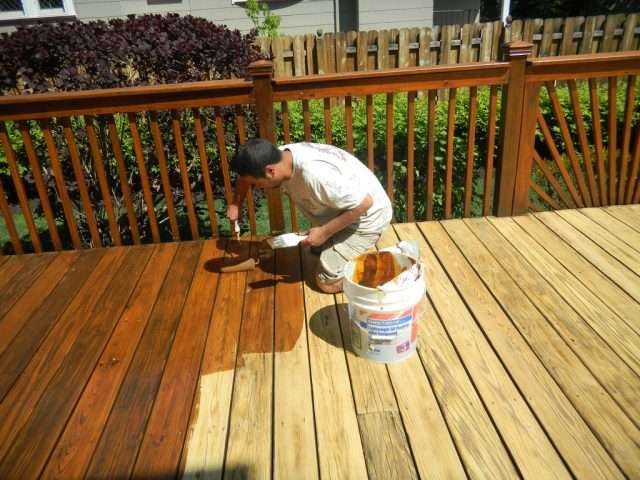Table of Contents
Wood finishes protect the wooden surfaces from moisture and make their appearance richer and deeper. Wood finish is different from painting in a way that painting hides the original wooden surface while wood finishes improve the appearance of the surface. The term finish can also represent several coats of finish or an entire build-up of the coating on wood.
Finishing a wood surface is highly recommended no matter whether it’s new or old furniture. Finishing is done by adding a liquid to the surface of the wood. Thus, wood finishing makes your wooden furniture not only look chic but also adds a protective layer that protects your wood from environmental factors like dirt, moisture, etc.
Intrigued to learn more about the different types of wood finishing materials that you can try for your furniture? There are two main wood coating types i.e. surface finishing and penetrating finishing. Woodworkers usually apply 2 or 3 coats of wood polish on furniture that come in daily use.
1. Surface Finishing:
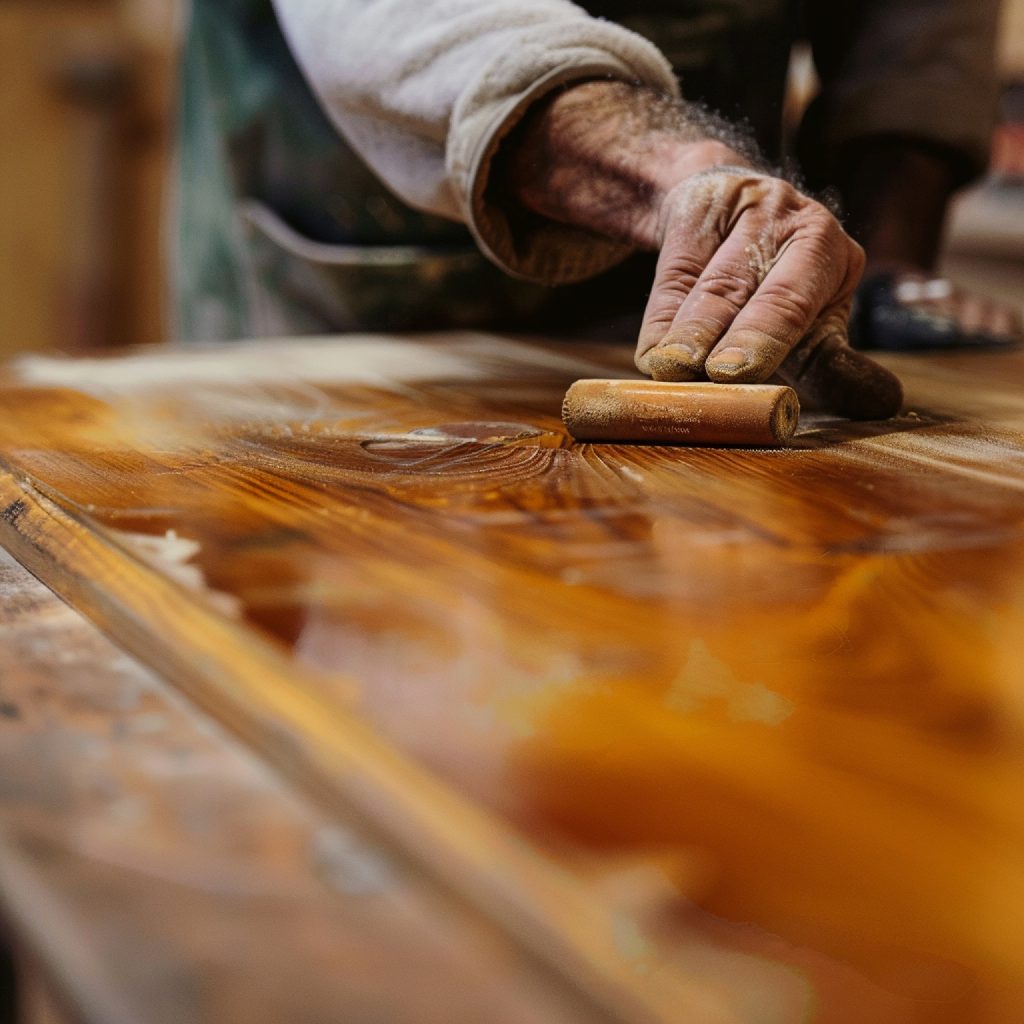
This type of wood finishing material is easier to apply and it gives a natural look to your wooden surfaces. Surface finishes are applied on the surface of wood material.
2. Penetrating Finishing:
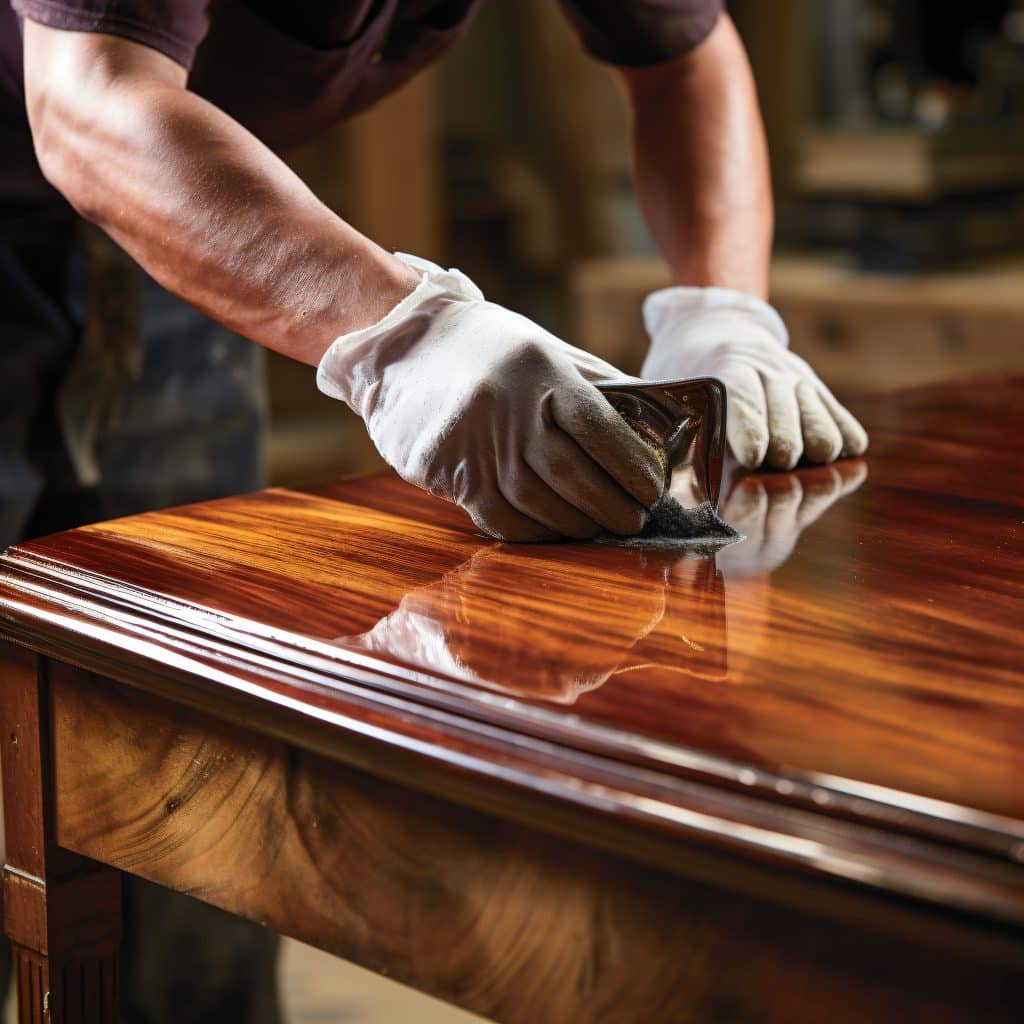
This type of finishing is applied inside furniture and is durable but it doesn’t create a natural look on walls. Linseed, Danish, and Tung oil are different types of penetrating oil that give a bold and natural look to your wooden surfaces.
Confused between these two wood coating types? Get in touch with the folks at AapkaPainter and let them help you make an informed choice that you won’t regret later.
Penetrating/ Oil Finishes
Oil wood finishes improve the appearance of unfinished wood. Natural oils that are present in the wood dry out over time. Oil finishes replace these natural oils and nourish the wood grain again. Hence, oil finishes protect your indoor and outdoor wooden surfaces and increase their durability significantly.
Tung Oil

Want an oil finish that is versatile and can be used for your cabinetry, wooden floors, deck, siding, countertop, unfinished wooden surfaces, etc? You must consider buying tung oil. Tung oil gives you a beautiful non-oily finish. This is because it penetrates the fibres of the wooden surfaces and becomes a part of it.
Linseed Oil
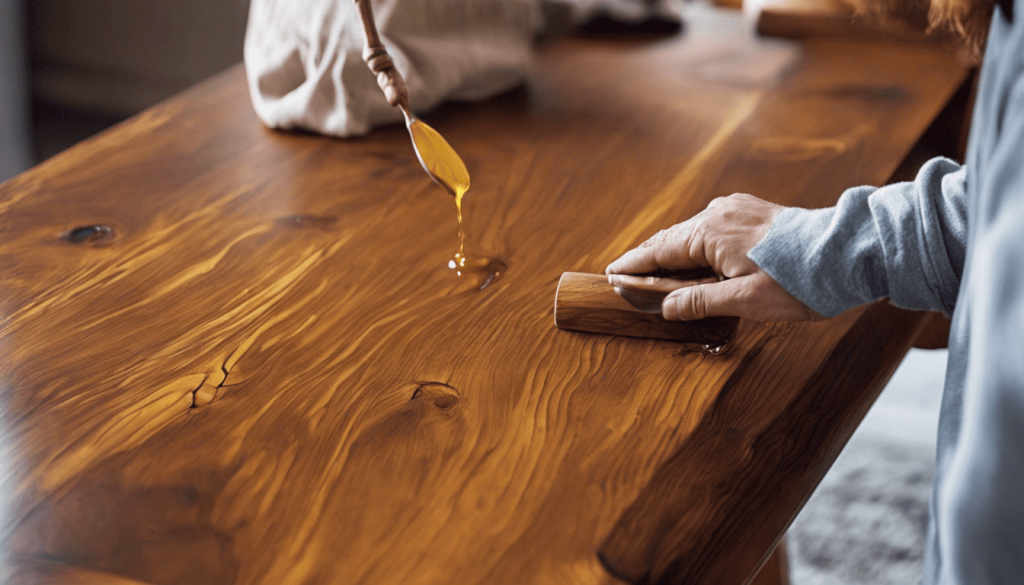
Homeowners who are looking for an oil finish that is easy to maintain and eco-friendly must consider this oil finish. Linseed oil, also referred to as flaxseed oil, permeates deep into the wood grain and gives a gorgeous satin finish once it dries and cures perfectly.
Danish Oil

Want to protect and nourish your wood from the inside out? Danish oil is a perfect fit for you as it will revive your wooden furniture by enhancing its natural look. Remember that Danish oil is a blend of oils and hence it is important you experiment with Danish oils from different brands to find one that you love the most.
Cedar Oil

Looking for an oil finish that will protect your patio and garden furniture? You can now buy cedar oil and protect your outdoor furniture from the harsh environmental factors they are perpetually exposed to. Note that cedar oil protects your outdoor furniture from harsh UV rays and enhances their durability.
Surface Finishes
Want to polish your antique furniture or breathe life into a piece of wooden furniture you recently bought from a thrift market? You can now make your wooden furniture look new and chic by polishing them with a surface finish of your choice. Here are some of the most popular surface finishes that you can consider using for your DIY wood painting project.
Wood Dye
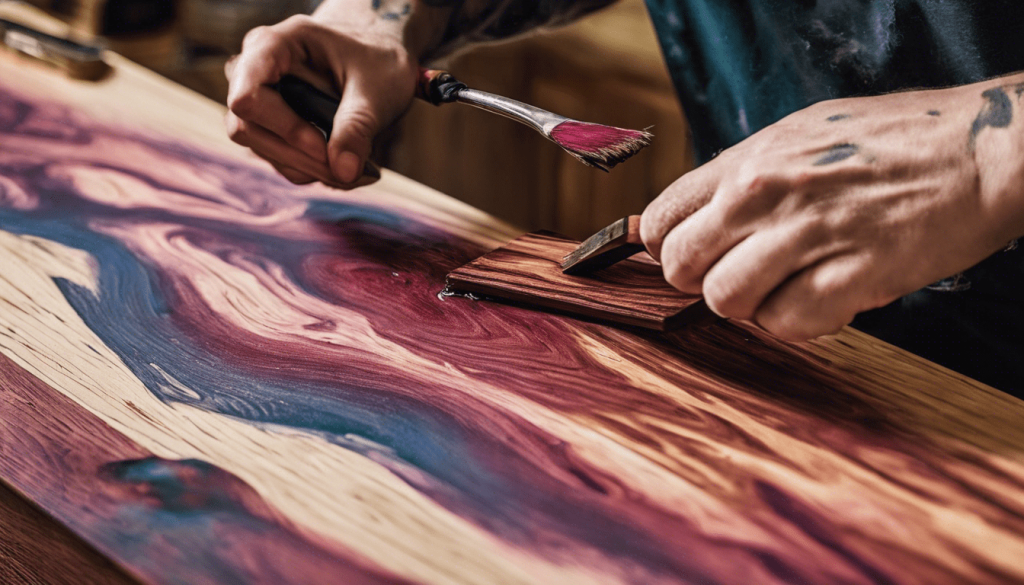
Dyes match the existing colour or change the colour of the wooden surface. Dyes are the kind of wood finishes that are available in both water-based and oil-based types. These wood finishes are commonly used to protect interior wooden surfaces.
Varnish

Varnishes are made up of oil, solvents, and resins. They are usually clear and transparent. They give better UV protection. Note that varnishes dry slowly. The application of the varnish on the top of dyes gives better protection to your wooden surfaces.
Shellac
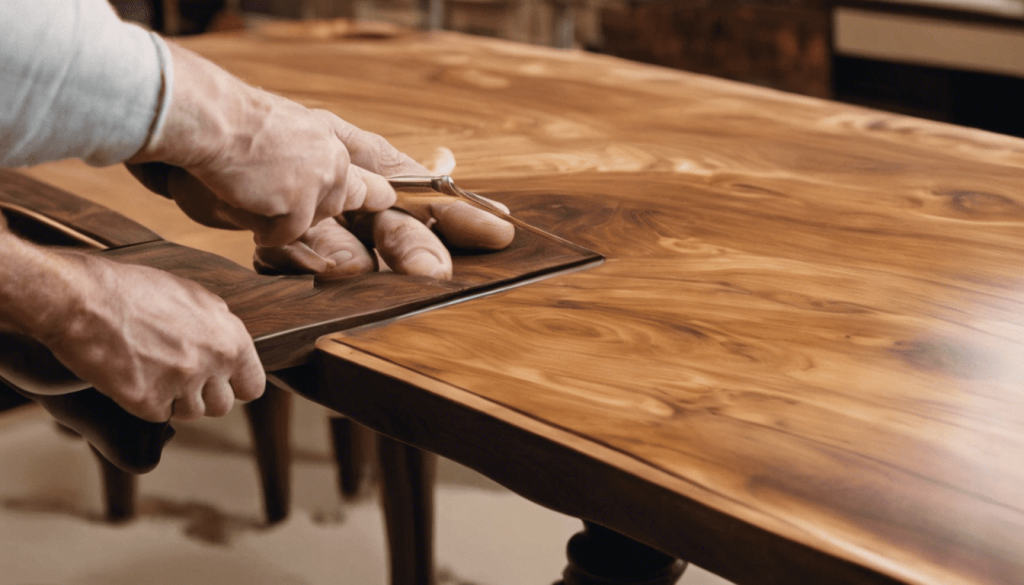
Shellac is a natural wax finish that is secreted from a bug that thrives on a tree. A mixture of the collected wax from the tree and an alcohol solvent gives a better consistency of shellac finish. Shellac finish is available in a variety of colours. It’s easy to apply and dries quickly. Note that it gives a glossy finish to the wood.
Wood Stain Finish

Wood stain finishes change or improve the colour of your wooden surfaces. They are present in different colours. The wood stain finishes perform better if they are darker than the colour of the wood. Wood stain finishes increase the visibility of the grains on your wooden surfaces. Note that these finishes don’t protect the wood. The application of wood stain is followed by an extra coating of wood finish on wood for better protection.
Lacquers
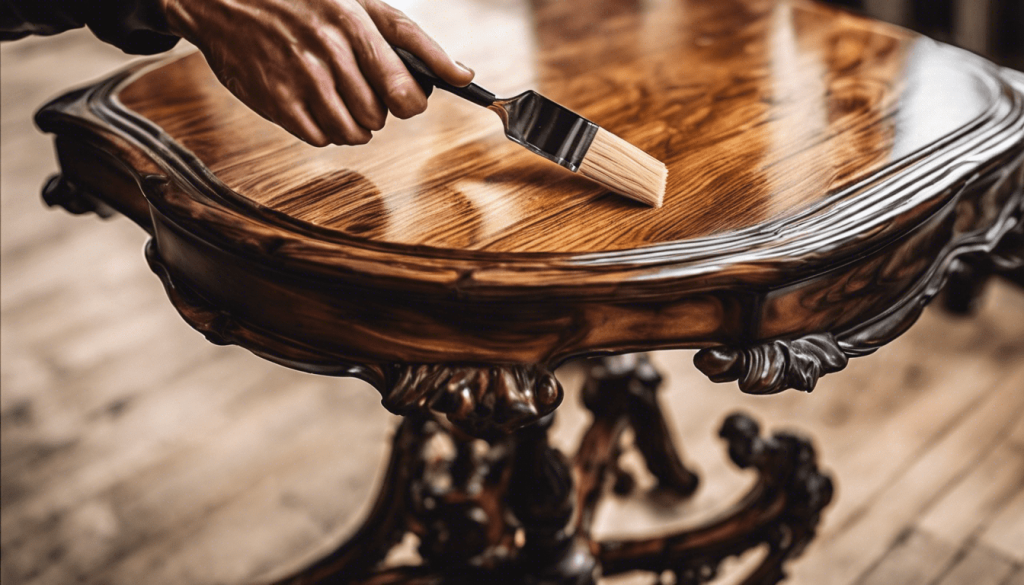
Lacquers are thin solvent-based finishes as compared to the other finishes. They are usually applied by spraying. Lacquers dry fast because they contain evaporating solvents. It reaches deeper into the wood and nourishes the grains and brings out the natural beauty of the wood. Remember that lacquers bring a glossy look to the wood.
Water-Based Finishes

Water-based finishes provide a clean and clear finish and have less odour than the oil-based finishes. They are thin in consistency, so they dry easily. They give a natural appearance to the wooden surface. Note that the flexibility of water-based wood finish allows it to adhere to any surface quickly.
French Polish
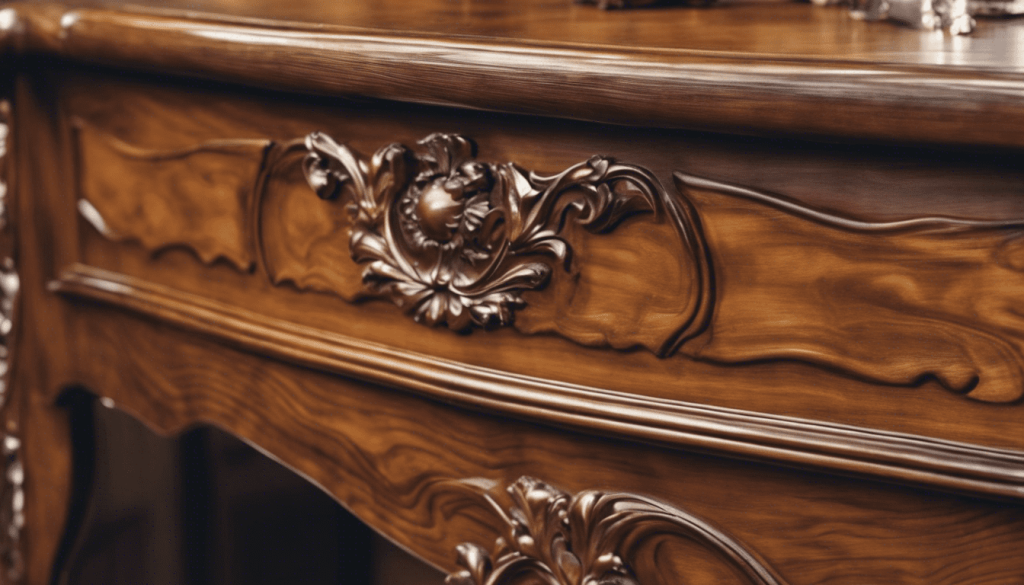
Since the 19th century French polishing technique has been used by wood polishing experts to revive wooden surfaces. French polish is a classic technique of wood finishing. This wood polish is a mixture of shellac and alcohol. Note that a rubbing pad lubricated with oil is used for the application of this wood polish on the wooden surface. French polish gives the glossiest appearance to the wooden surface.
Besides its aesthetic appeal, French polish gives you unparalleled durability, making it a much sought-after wood polish amongst homeowners who are looking for a wood polish that will protect their wooden surfaces for years to come.

Painting Cost Calculator lets you select the best suitable paint and the paint quantity required to breathe life into your home walls.
Polyurethane Finish
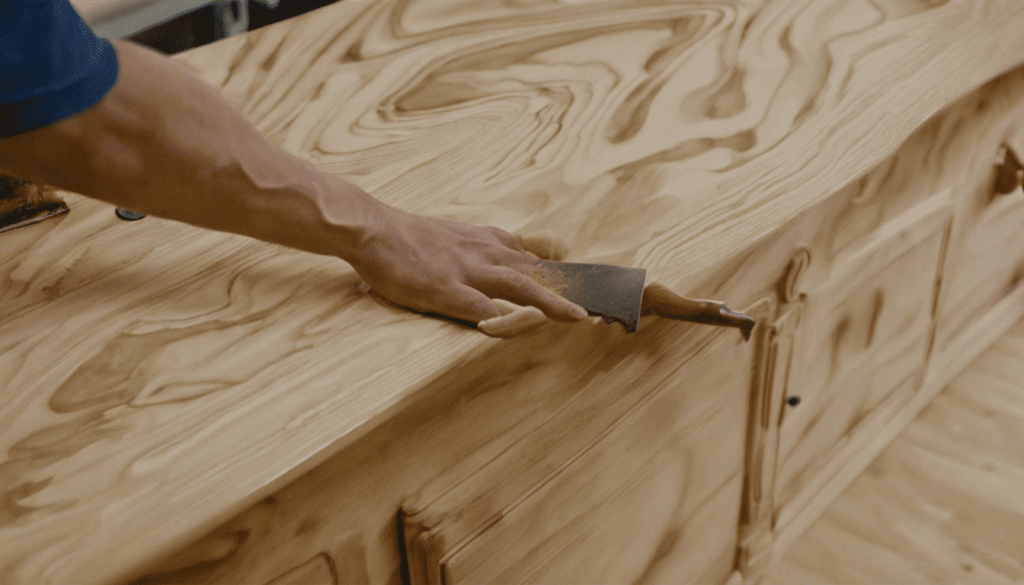
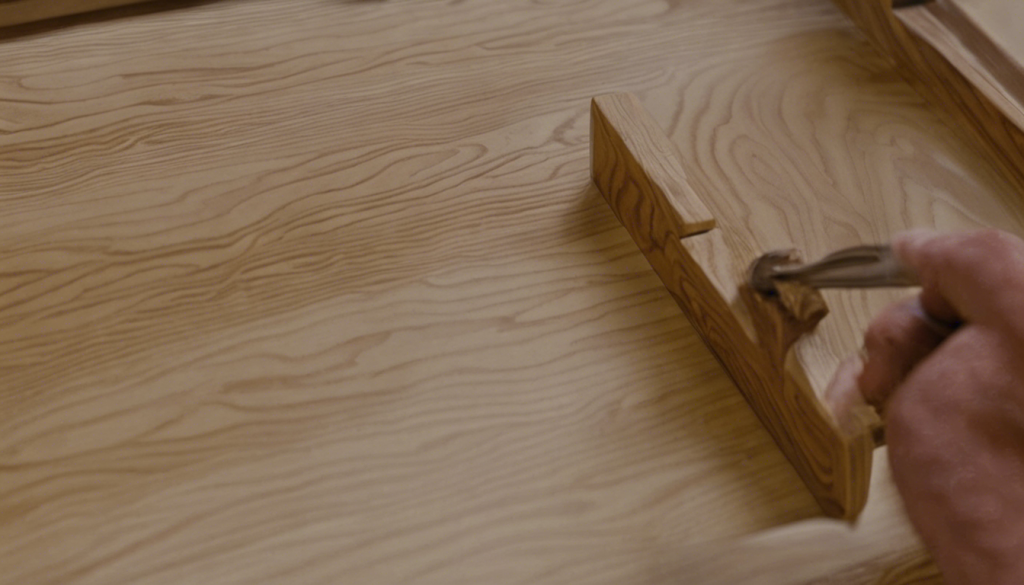
People who are looking to buy a wood finish for their indoor furniture which is highly durable and water resistant must hands-down consider opting for this finish. From your wooden floors, doors, and cabinets to furniture, you can use this synthetic finish for almost all kinds of wooden surfaces.
Wax Finish
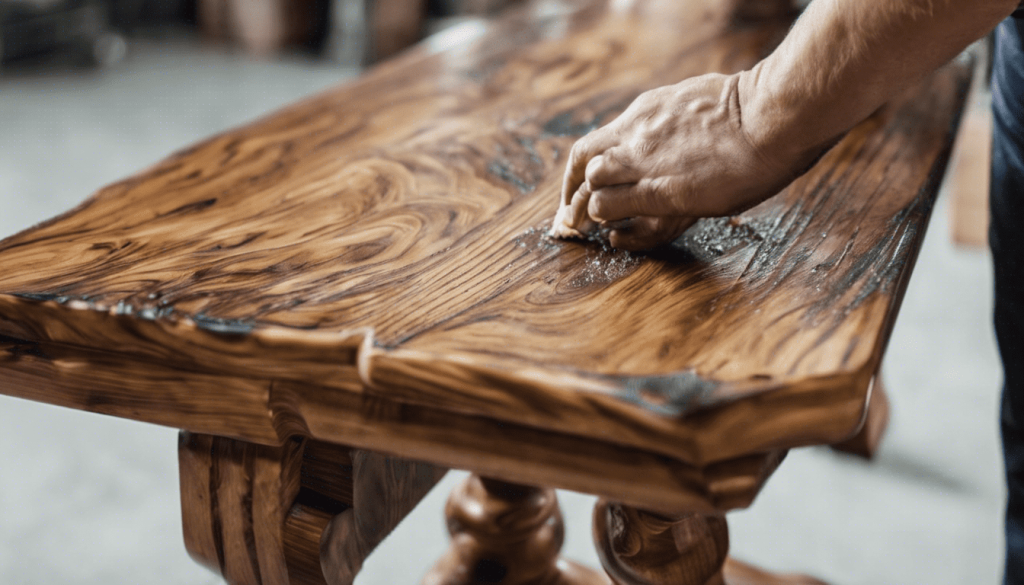
Wax finishes are not popular amongst wood finishing experts as they provide short-term protection for your wood finishes. You will have to apply several coats of wax finish to get the desired finish and follow it with frequent touch-ups to maintain the look of your wooden surface. People who are looking for an environmentally friendly wood finish for their floors or furniture which is easy to apply can consider choosing this finish.
Paint Finish
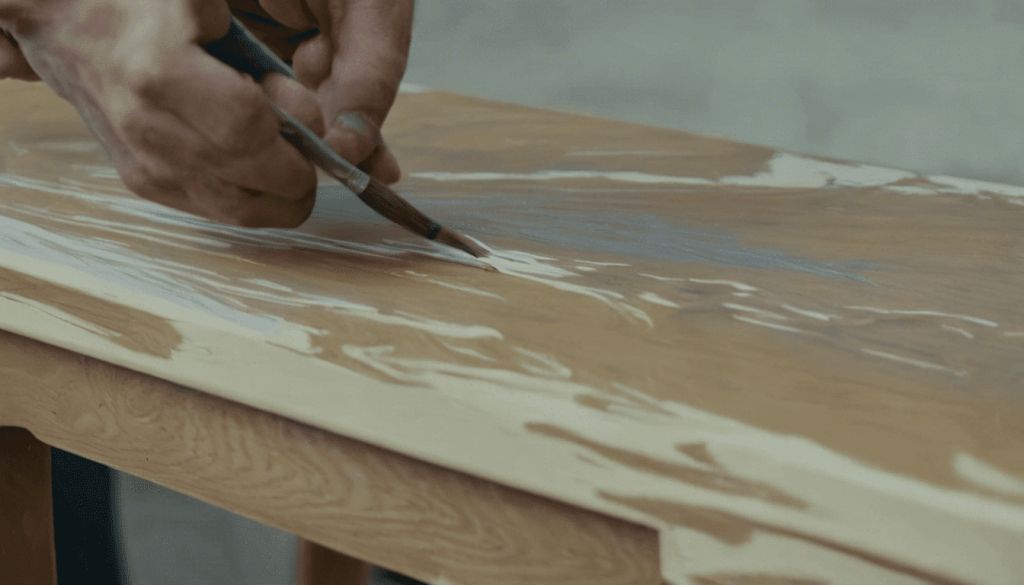
Want to give your furniture a glossy look? That is where wood paint comes into the picture. There are different types of wood paints available in the market today. Wood paints come in a wide array of colours making them a perfect choice for people who are wanting to paint their wooden doors, panels, walls and furniture in gorgeous hues other than the traditional wood colours. Contact the professionals at AapkaPainter to help you choose the right type of wood paints for your wood painting project.
Looking for a one-stop destination to grab the latest wood finishes for your new and old furniture? Head over to the AapkaPainter website and enjoy browsing through their impressive range of wood finishes, metal coatings, wall paints and many other home painting essentials.
So, when are you giving a new life to your old indoor or patio furniture?
FAQs for Different Types of Wood Finishes
1. What material is used for wood finish?
Wood finishes are typically made from materials like oils, waxes, shellac, lacquers, varnishes and paints. These wood finishing materials help protect the wood surface and enhance its natural beauty. They can be applied as liquids or sprays and provide varying levels of sheen, durability and protection. The choice of wood coating type depends on the desired look and functional requirements of the wood project.
2. What are the most used finishing materials on wood?
Polyurethane, varnish, shellac, and lacquer are among the most commonly used wood finishing materials. These materials offer different levels of protection and aesthetic enhancement. Varnishes are known for their durability, lacquers provide a high-gloss finish and shellacs offer a traditional look. Each material has unique properties suitable for various wood coating types and applications.
3. What are 3 wood finishes?
Three common wood finishing materials are varnish, lacquer, and shellac. Varnish provides a durable and protective layer, making it ideal for high-traffic areas. Lacquer offers a high-gloss finish and quick drying time, making it suitable for furniture. Shellac gives a warm, natural look and is often used for antique restorations. Each finish belongs to different wood coating types, catering to specific needs and aesthetic preferences.
4. What is best for a wood finish?
The best wood finish depends on the specific requirements of the project. Polyurethane is highly recommended for its durability and protective qualities, especially for high-traffic surfaces. Lacquer is ideal for achieving a high-gloss, smooth finish on furniture. Shellac provides a warm, natural look suitable for antique wood pieces. The choice of wood finishing materials should align with the desired aesthetics and functional needs.
5. What is the most durable coating for wood?
Polyurethane is considered the most durable coating for wood. It provides excellent resistance to scratches, water, and heat, making it ideal for high-traffic and high-use surfaces. Other durable wood finishing materials include varnishes, which offer strong protection against environmental damage. Both of these wood coating types ensure long-lasting preservation of the wood’s appearance and structural integrity.
6. What are the disadvantages of wood coating?
Disadvantages of wood coating include potential toxicity, long drying times and possible alteration of the wood’s natural appearance. Some wood finishing materials, like varnishes and lacquers, may emit harmful fumes during application. Additionally, certain wood coating types may require multiple layers, extending the project’s completion time.
[otw_shortcode_button href=”https://aapkapainter.com/painters-in-bangalore” size=”medium” bgcolor=”#e03f57″ icon_position=”left” shape=”round”]Book Painting Service in Bangalore[/otw_shortcode_button]
